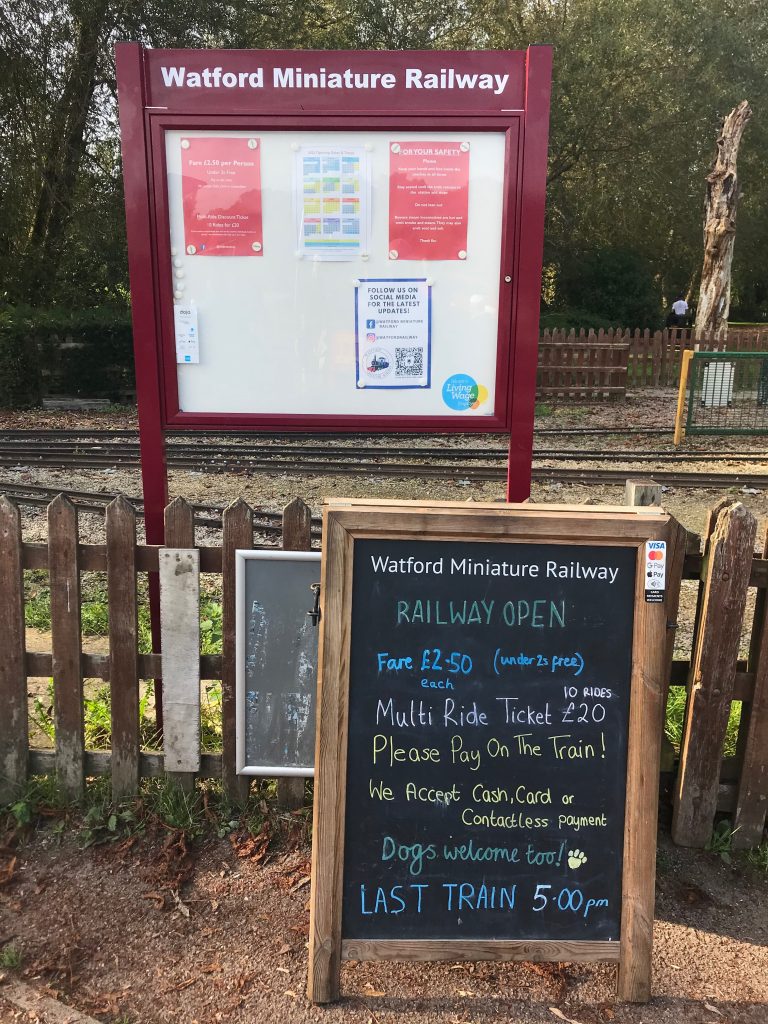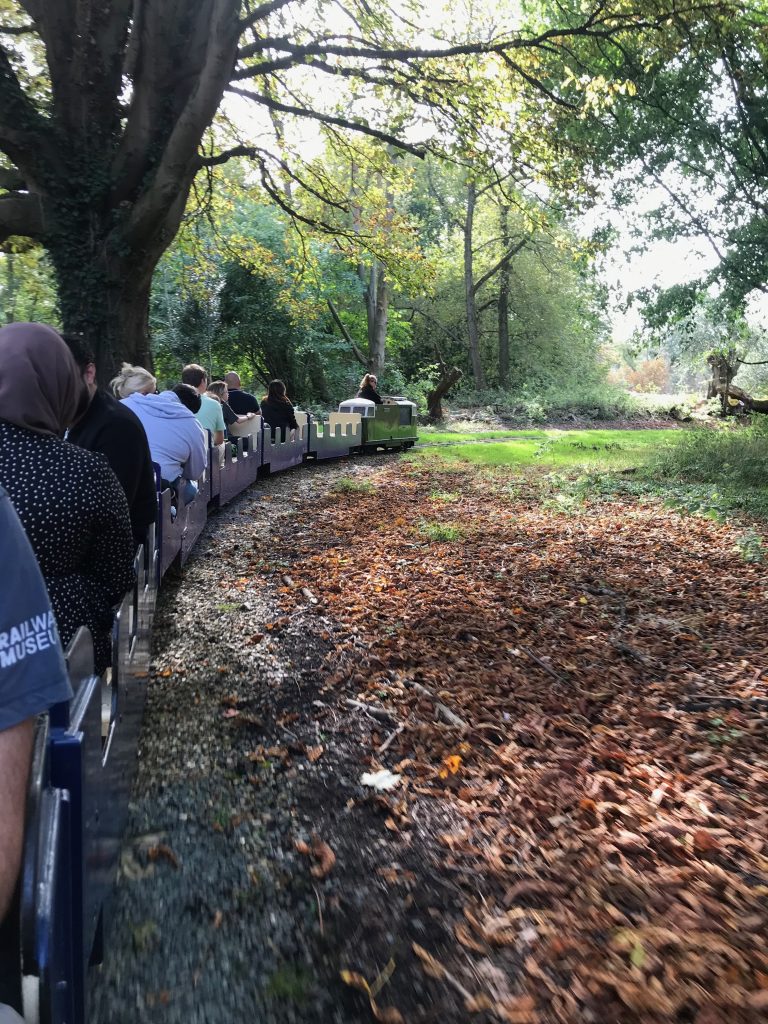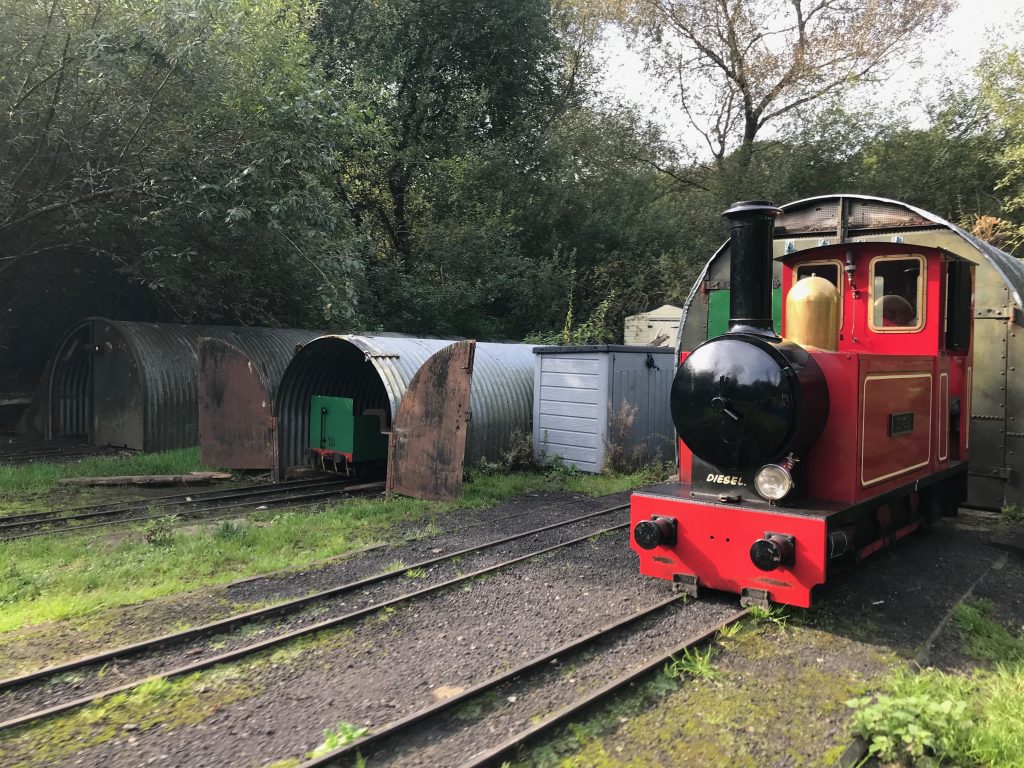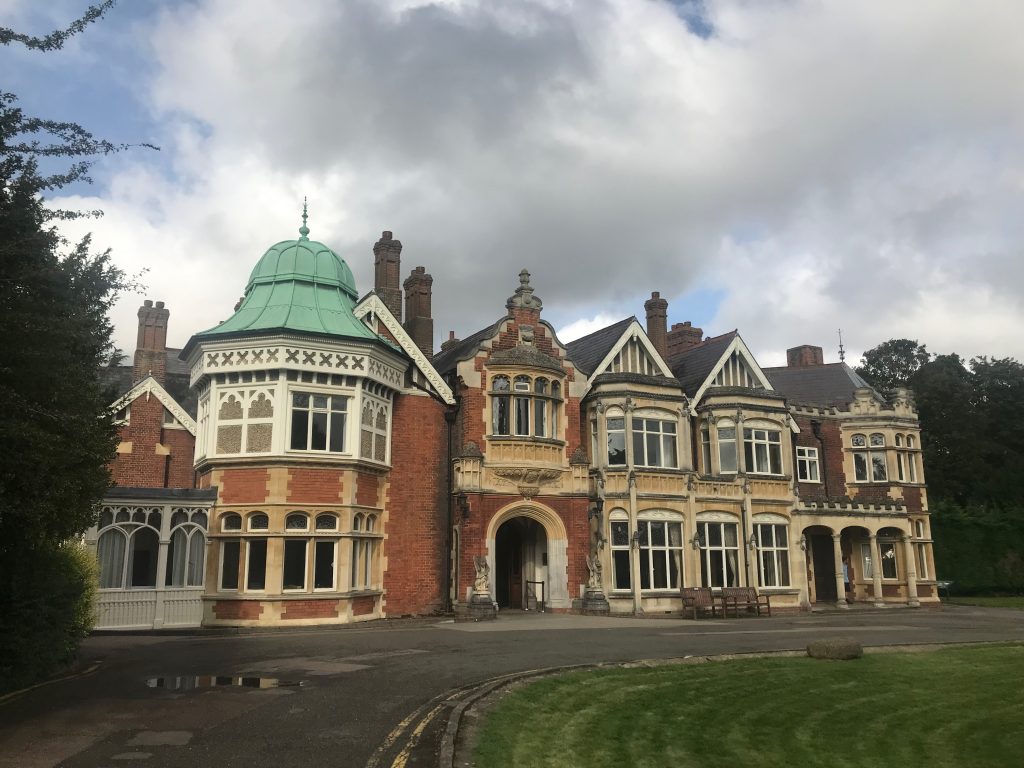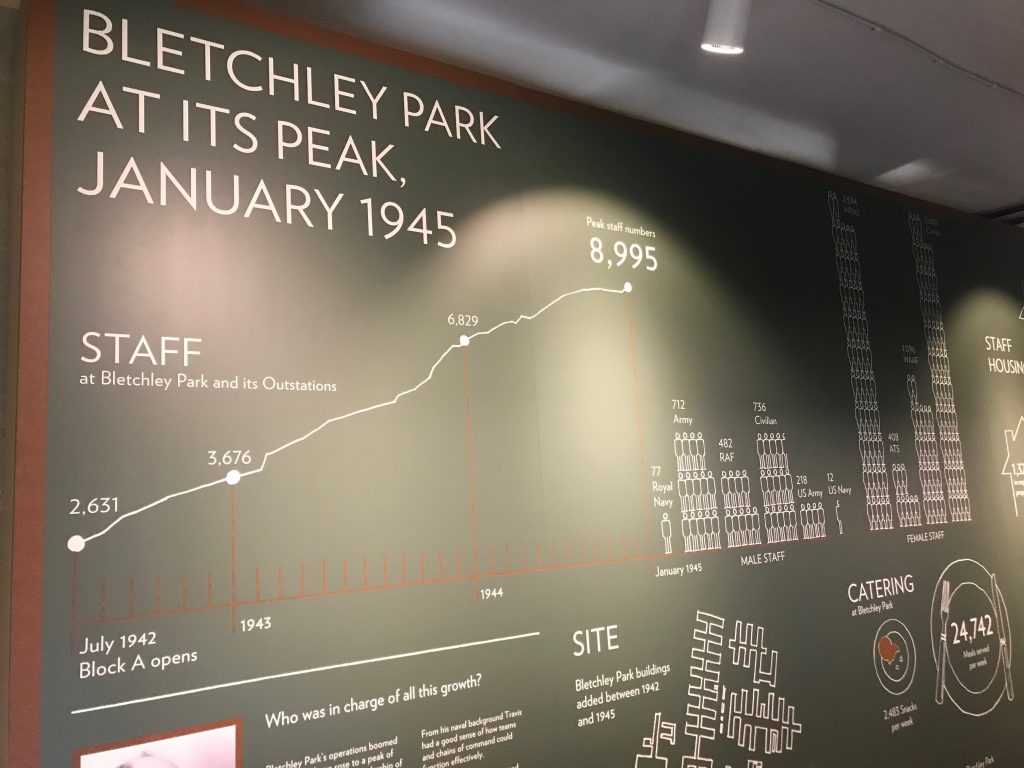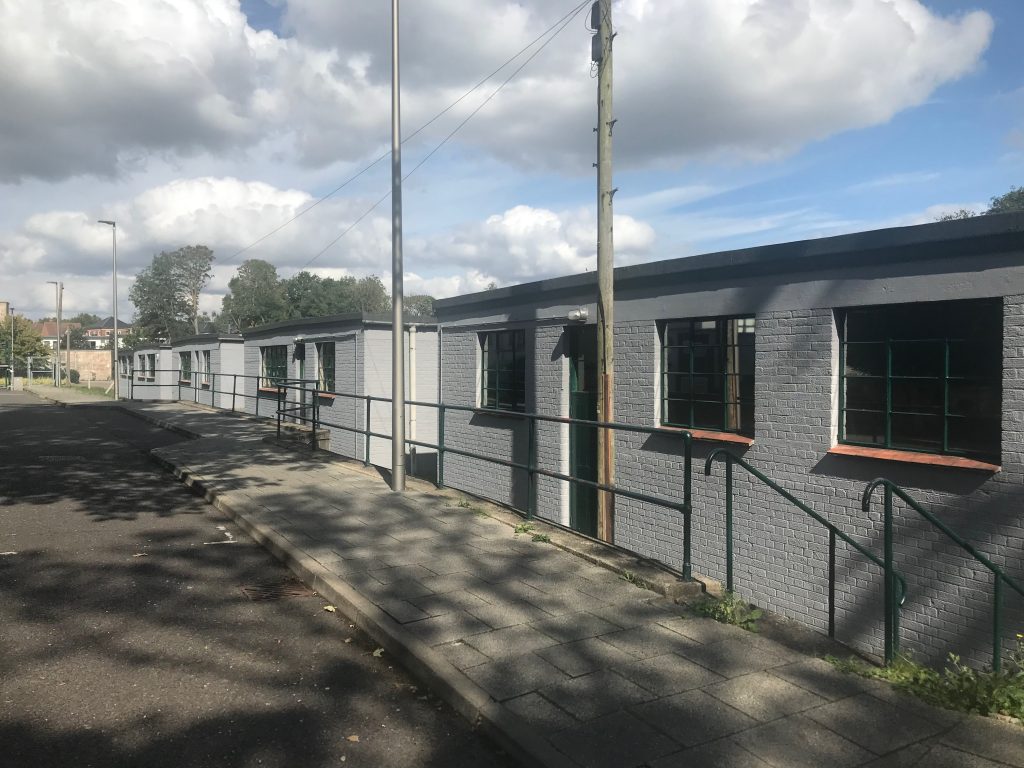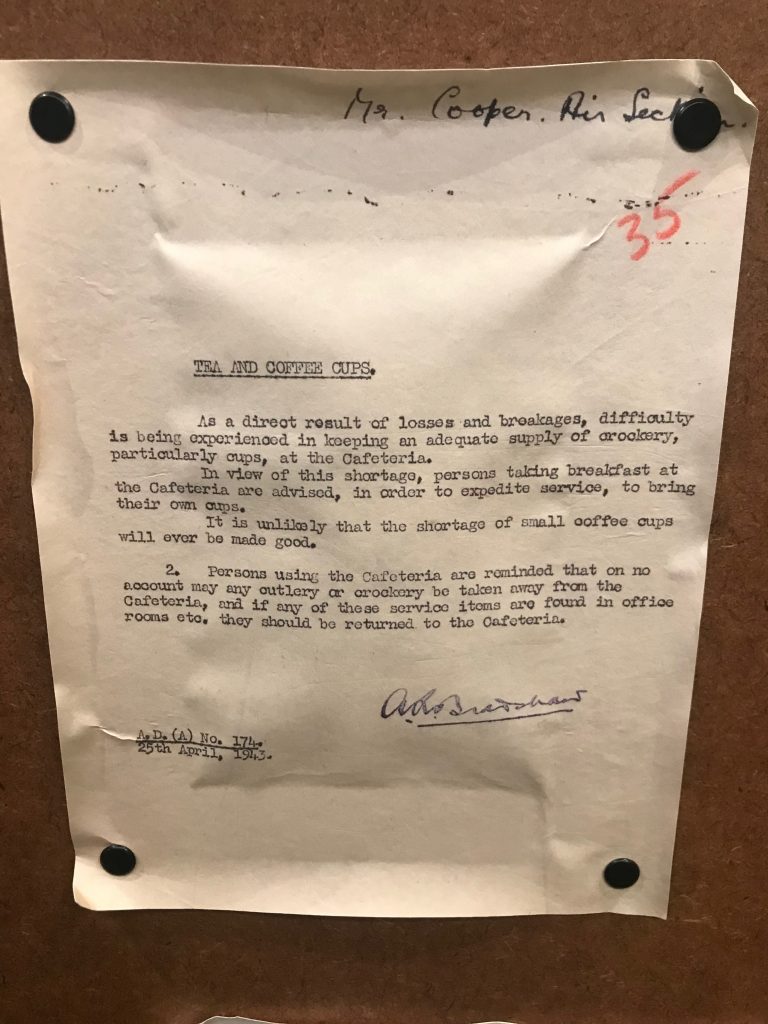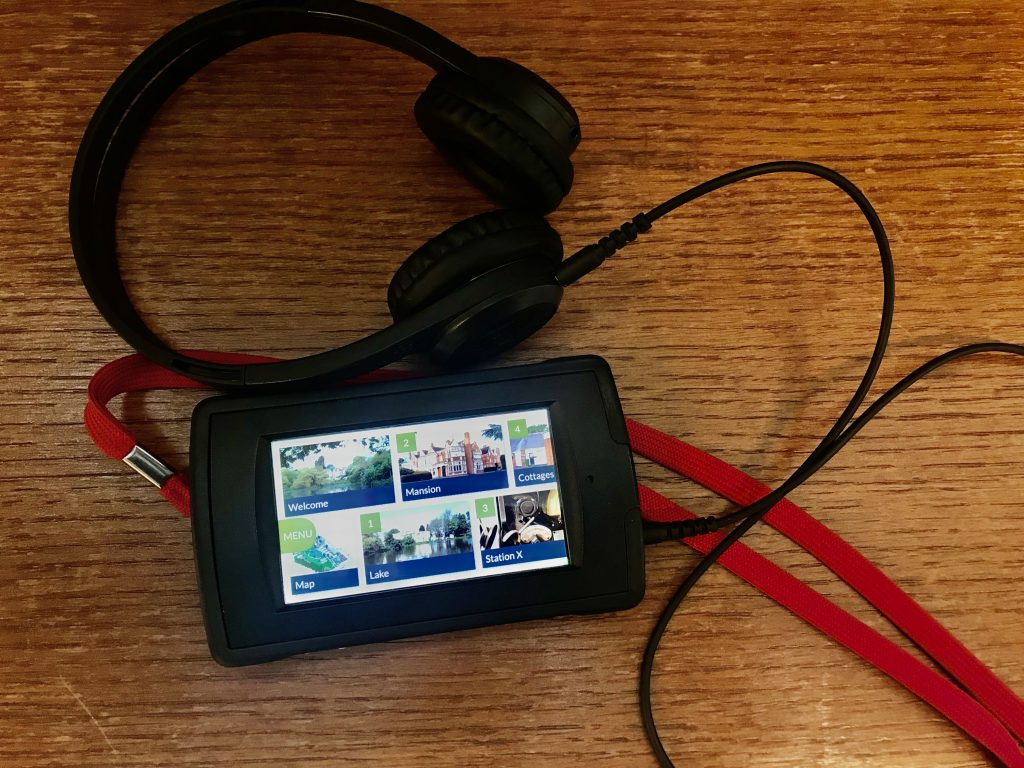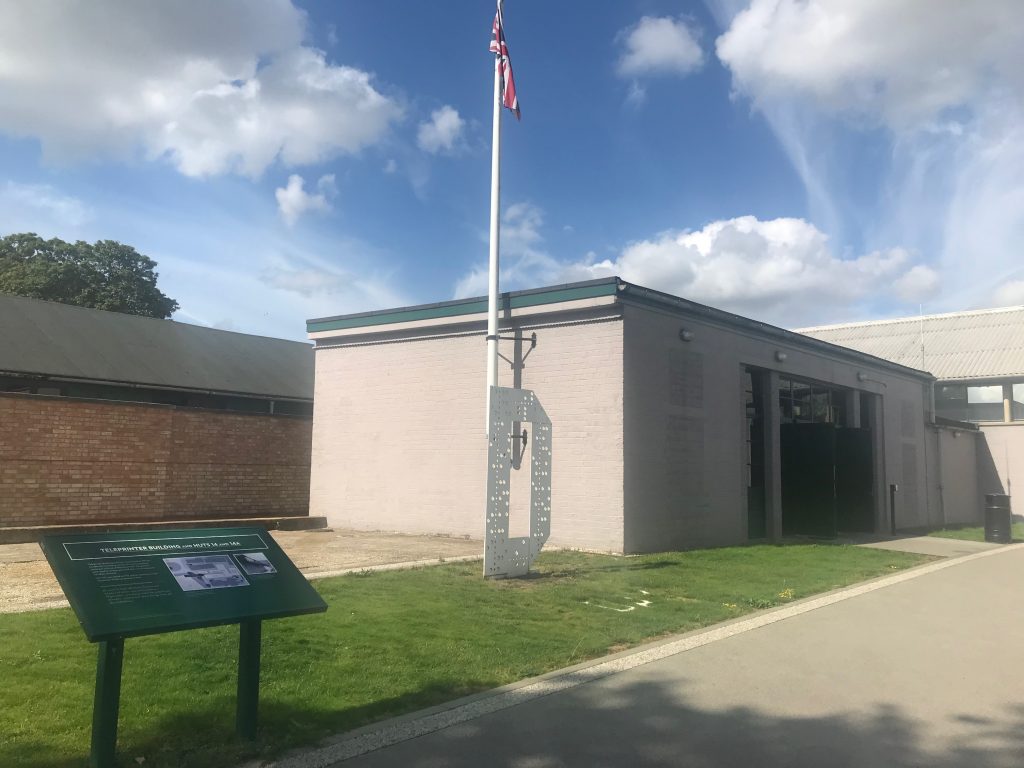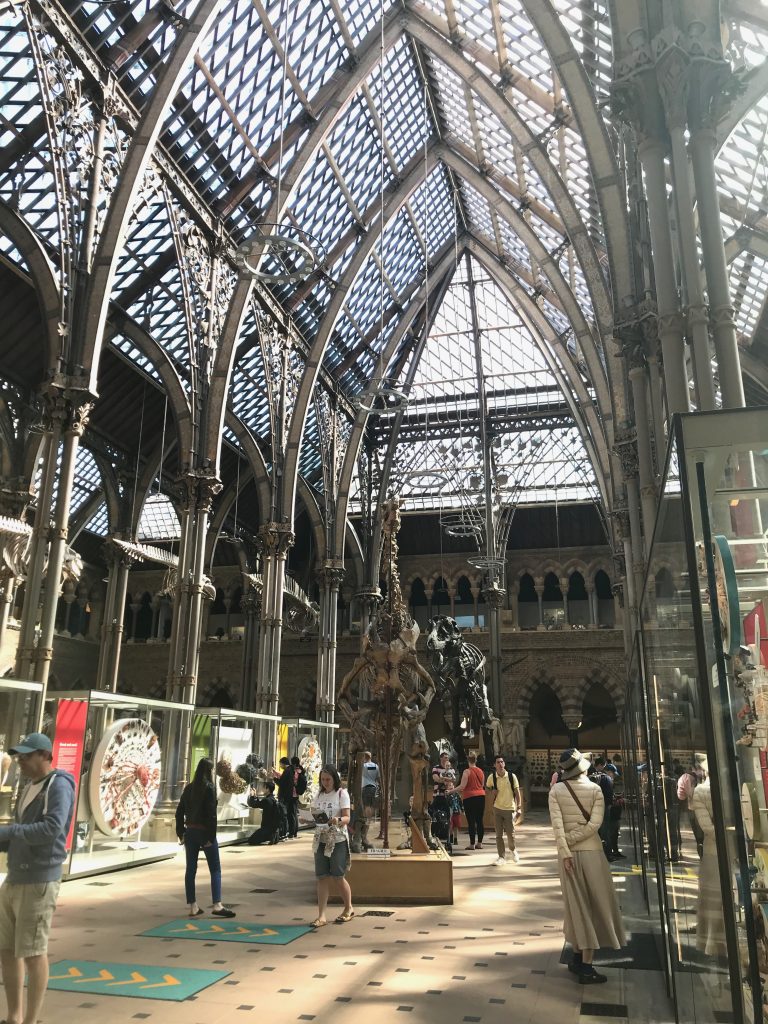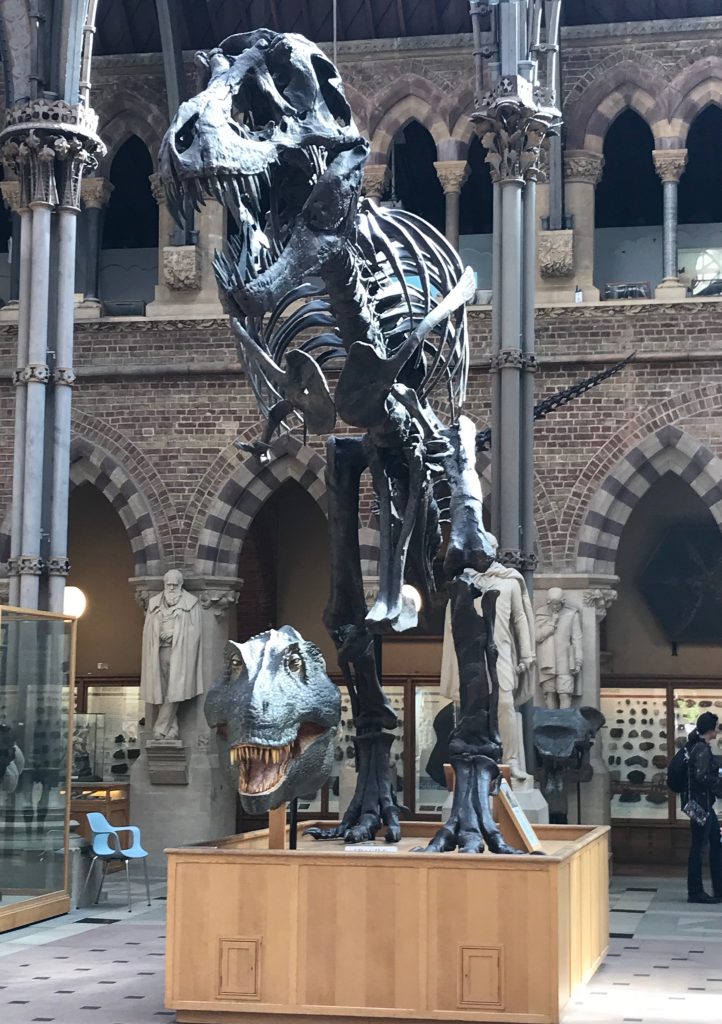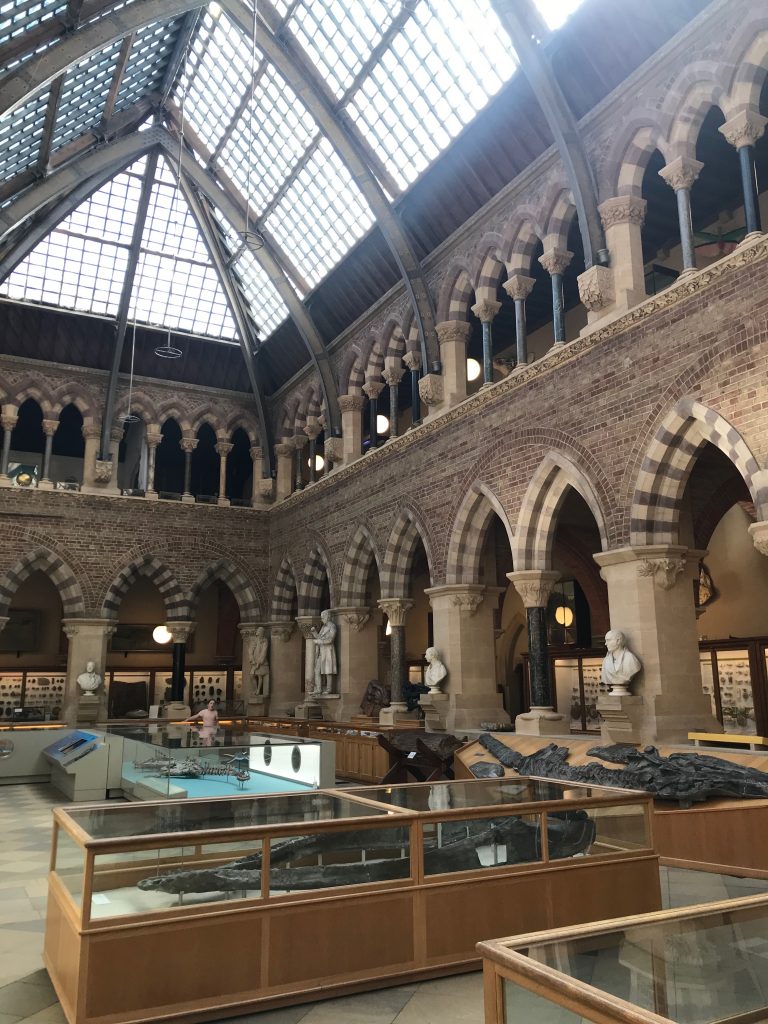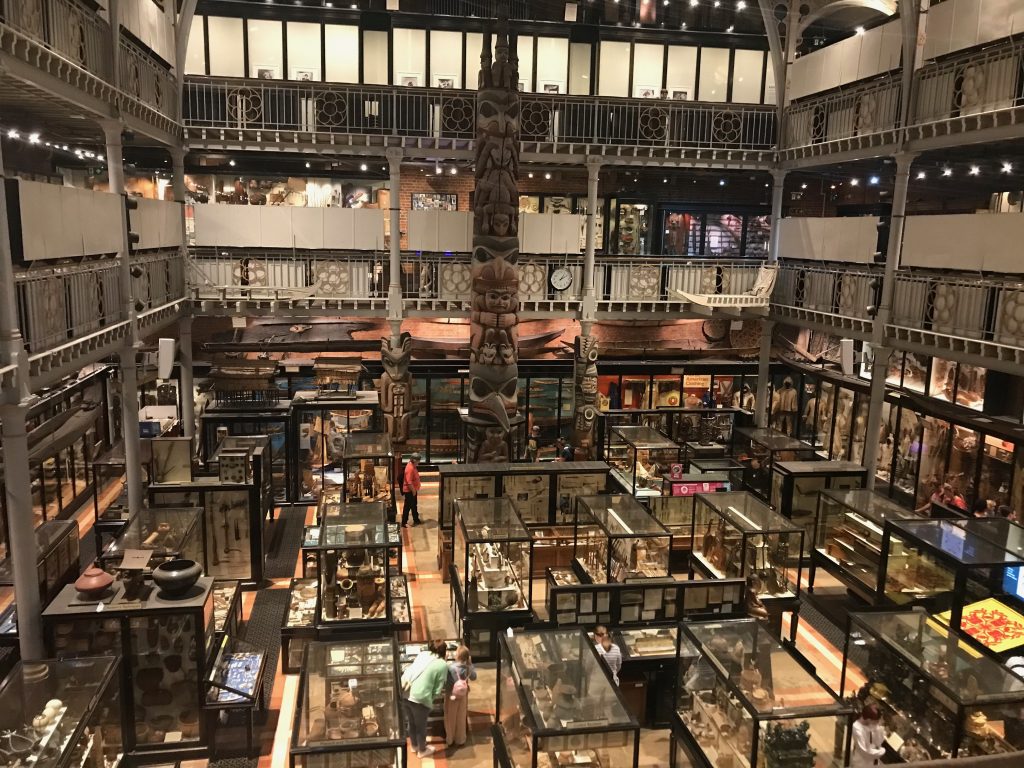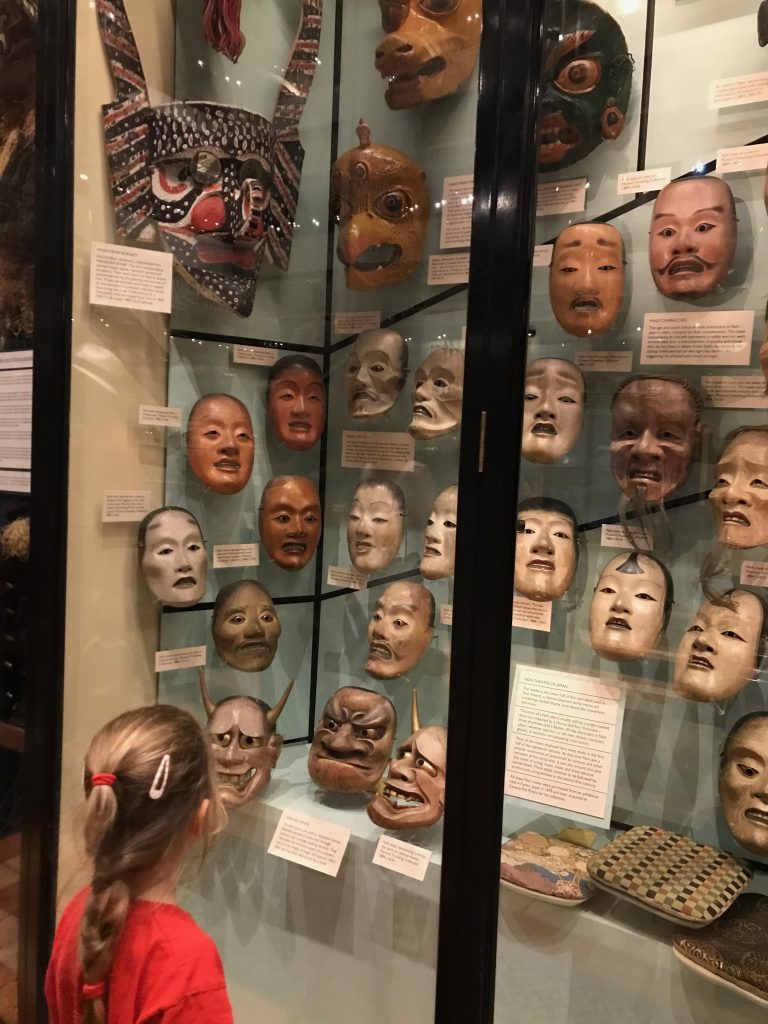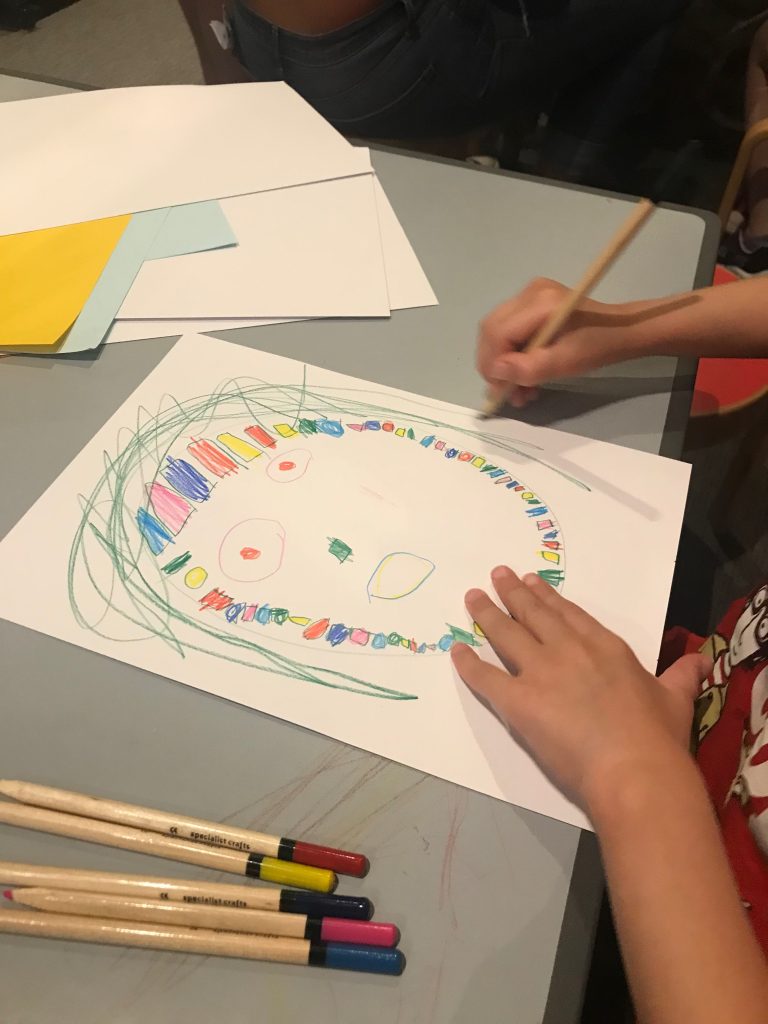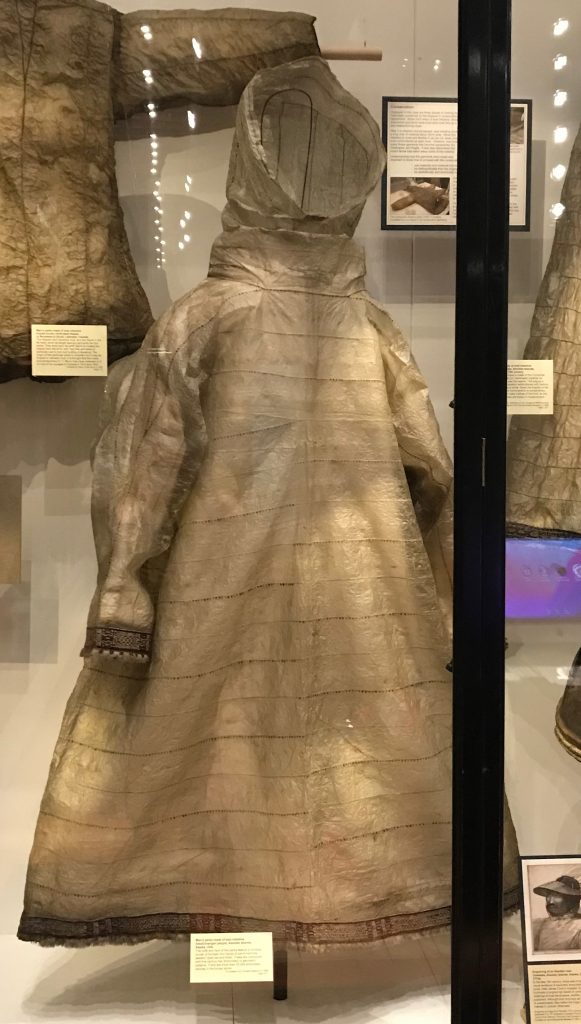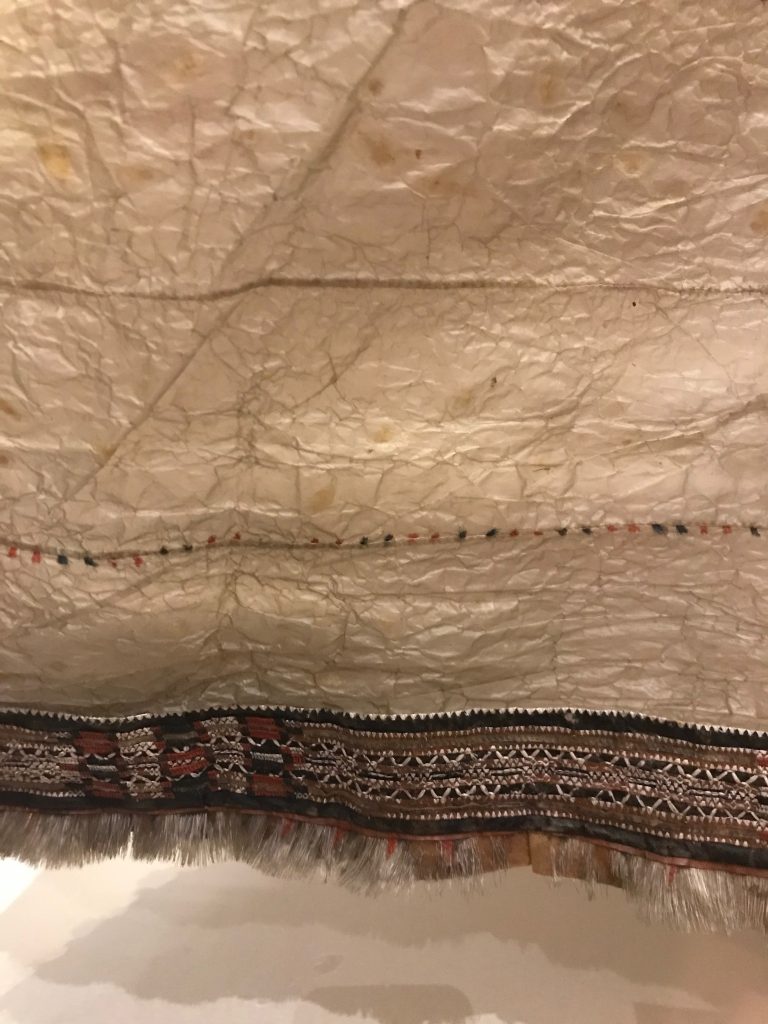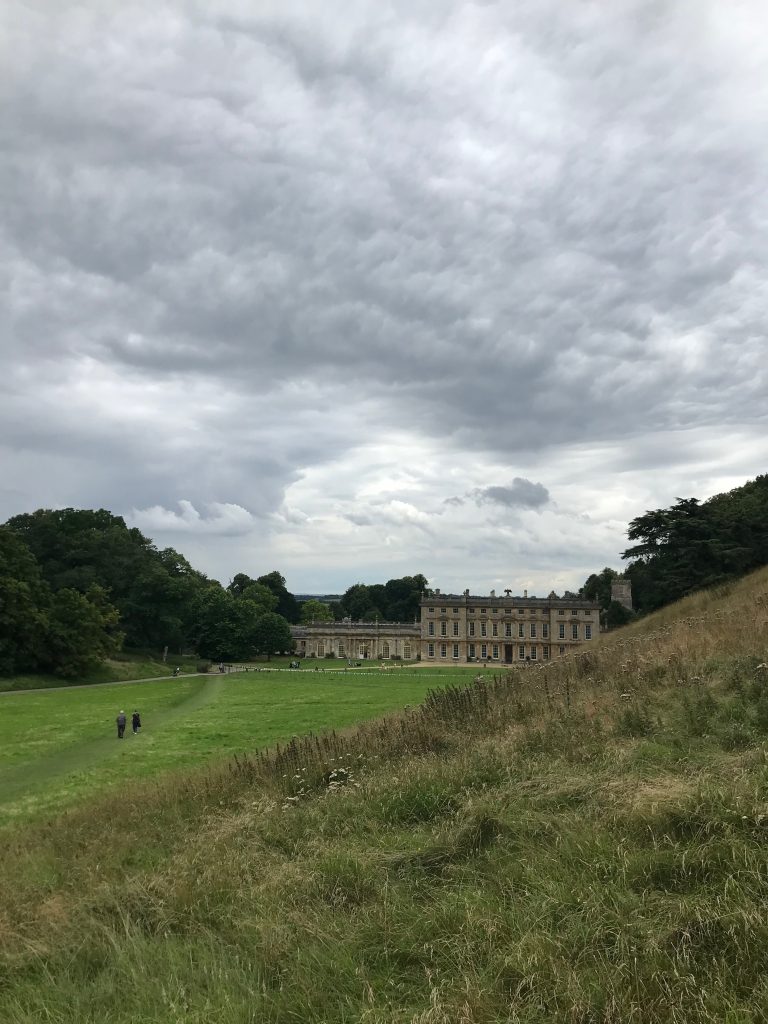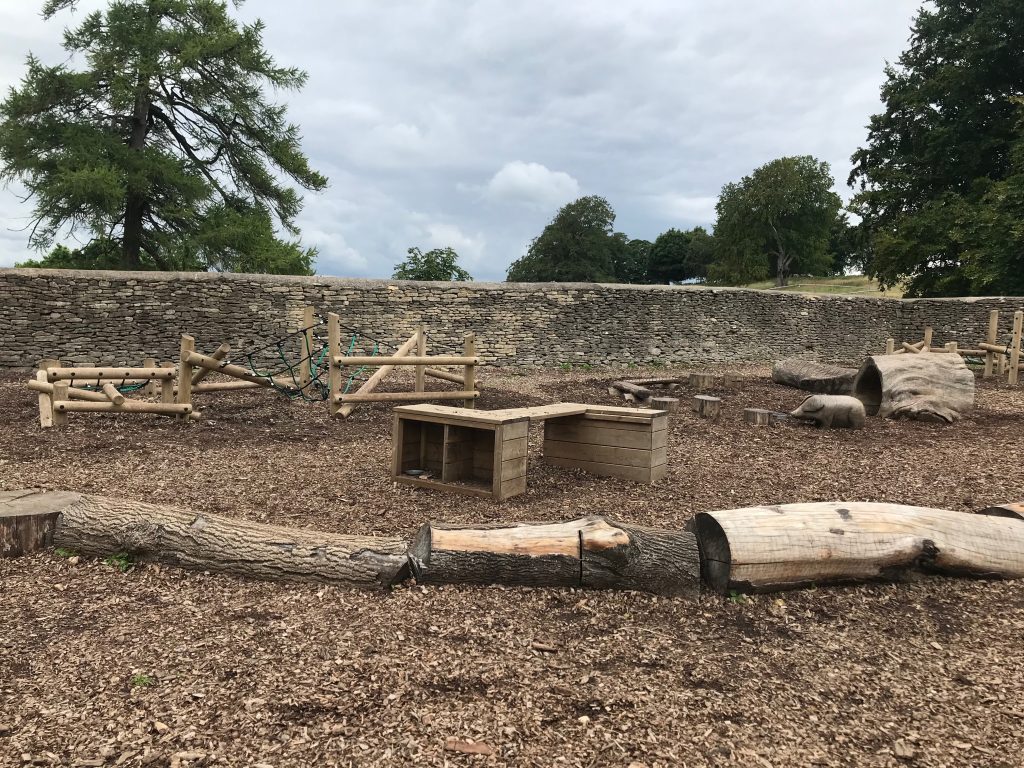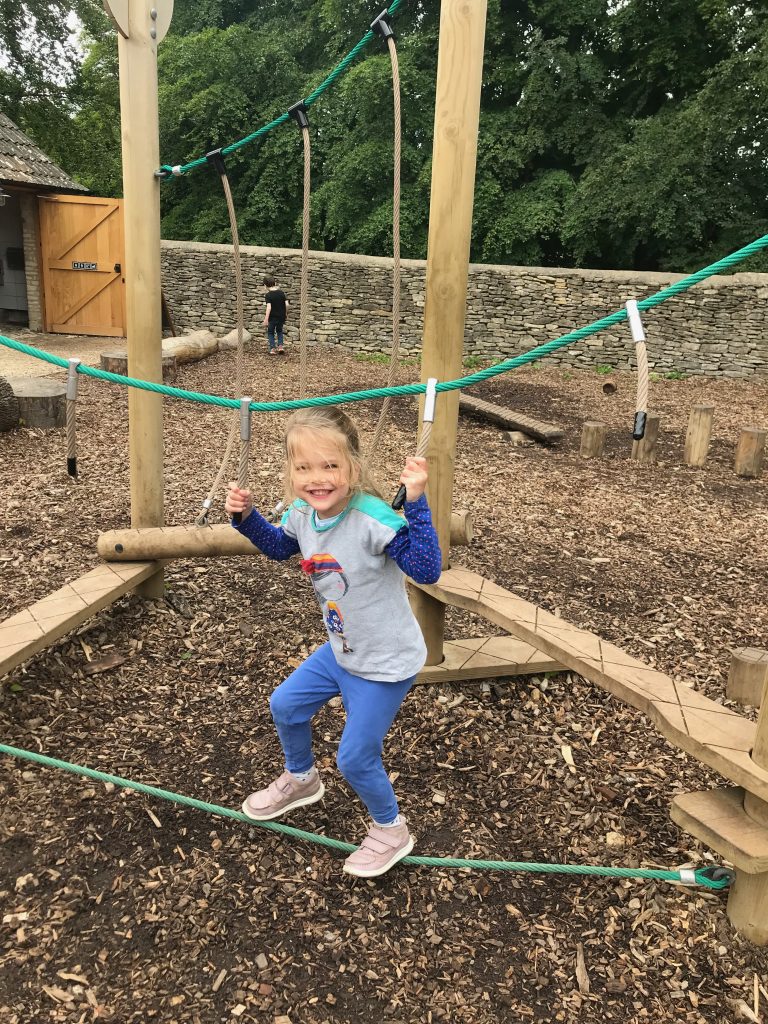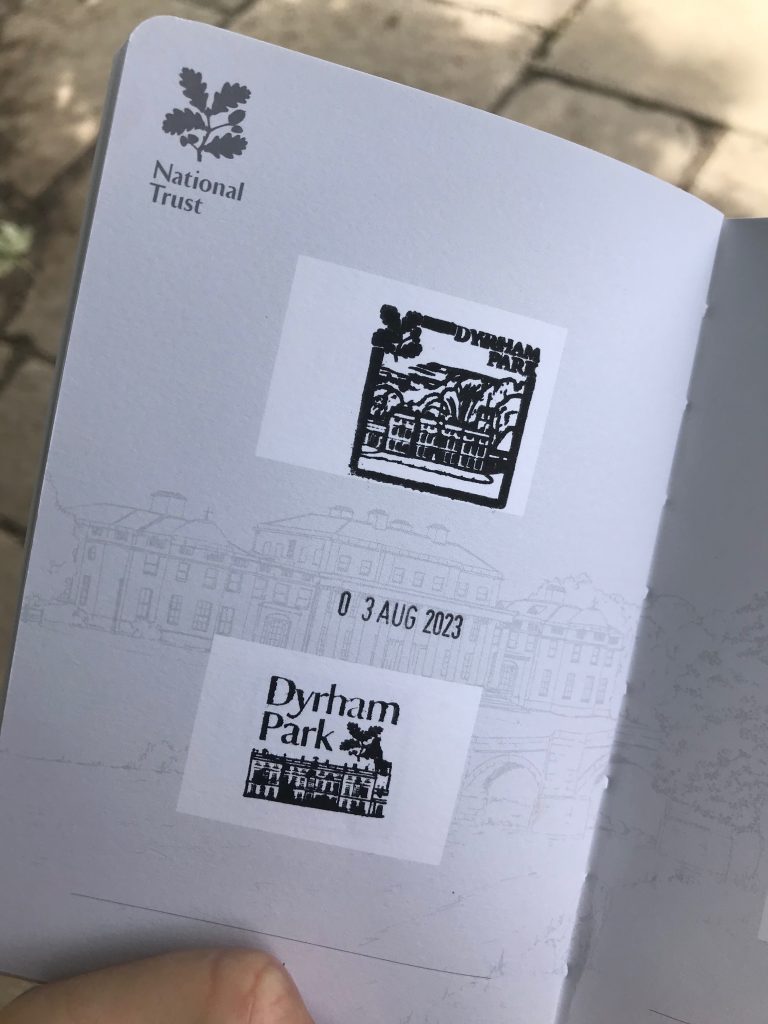Scarborough is a popular North Yorkshire seaside town that many think of as on two levels. The bays are obviously at sea level, but the main part of the town with shops and accommodation is at the top of the cliff. Walking down to the bay can be quite nice, but the trip back up, especially after a long day is hard going. Even more so if you have children with you. There’s no wonder then that over the years Scarborough has had a total of five cliff lifts, or cliff railways, and two of them remain operational today. Possibly the most famous being the Central Tramway Company.
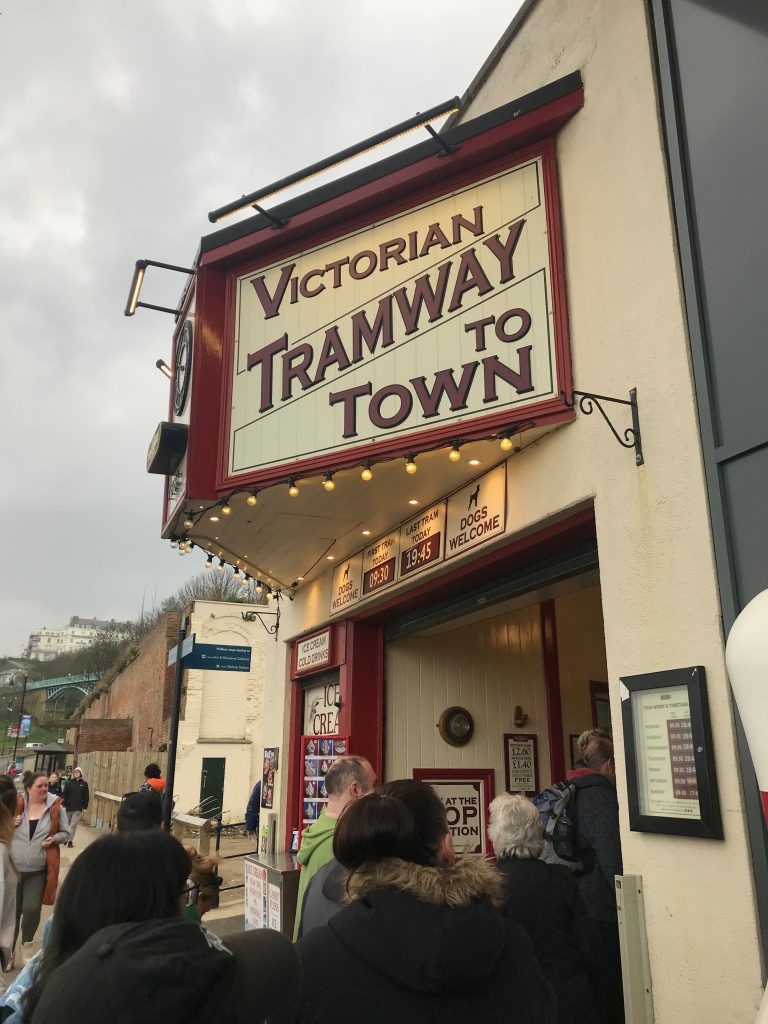
Where to find Scarborough’s Cliff Railway
Running on Scarborough’s South Bay the top station is located between the Grand Hotel and the Town Hall and the bottom one is next to the massive Olympia amusement arcade. For most of the year the railway runs 7 days of the week, with only some weekday closures in December and January for maintenance. Normally open by 10am, the railway runs until 9.45pm in the summer months.
The history of Scarborough’s Cliff Railway
Originally built in 1881 the Central Tramway got its name because its was centrally located between two other cliff railways in the town – the South Cliff Tramway Company (now the Spa Cliff Lift, which is still operating) and the Queens Parade Cliff Lift (closed in 1887).
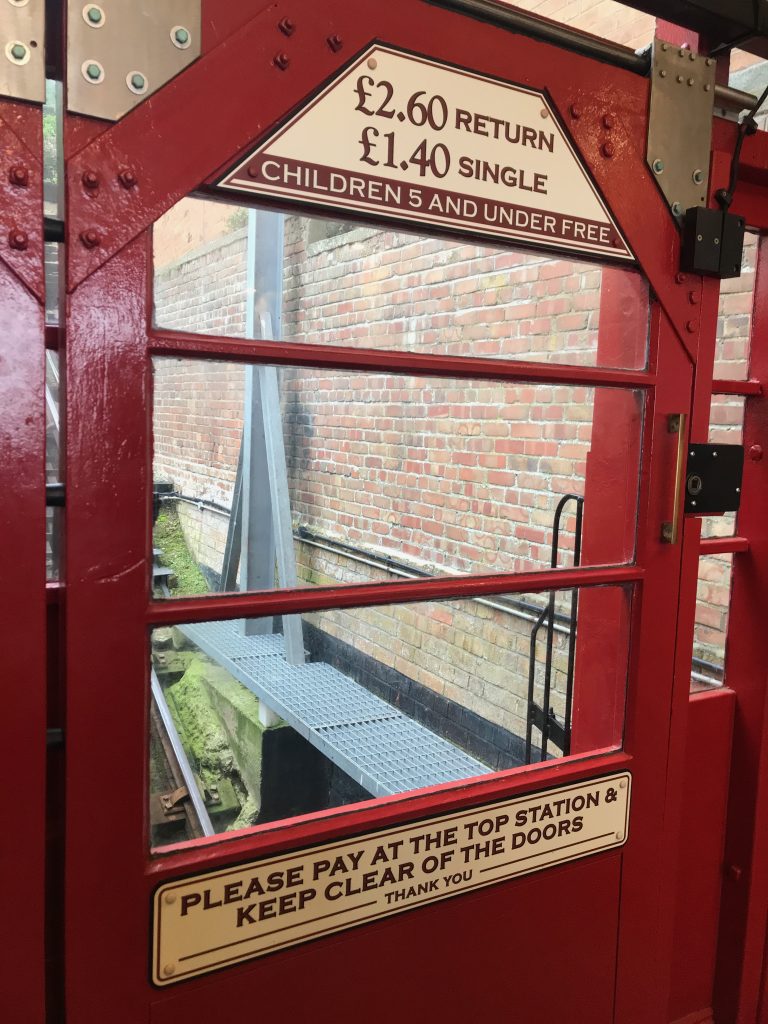
The first Tramway (the South Cliff one) linked the hotels of the South Cliff Esplanade with the panoramic South Bay beach and entertainment venue of the Spa and had been so popular with tourists that local business men were keen to repeat that success.
The Central Tramway Company now holds the position of the oldest surviving Tramway Company in the UK.
Technical facts
The gauge of the railway is 4 ft 8+1⁄2 in (1,435 mm) and there is a track length of 248 feet (76 m). There is a gradient of 1:2. The tramway being a funicular means that both cars are attached to each other with cables and as one car ascends the other descends.
At the Central Tramway the two cars are named Grand and Olympia. They are identical (with the exception often placement of a small wooden mouse) and the names are mainly used for operational and engineering purposes to differentiate between the two. The cars are driven remotely by a driver who sits in a booth at the top station.
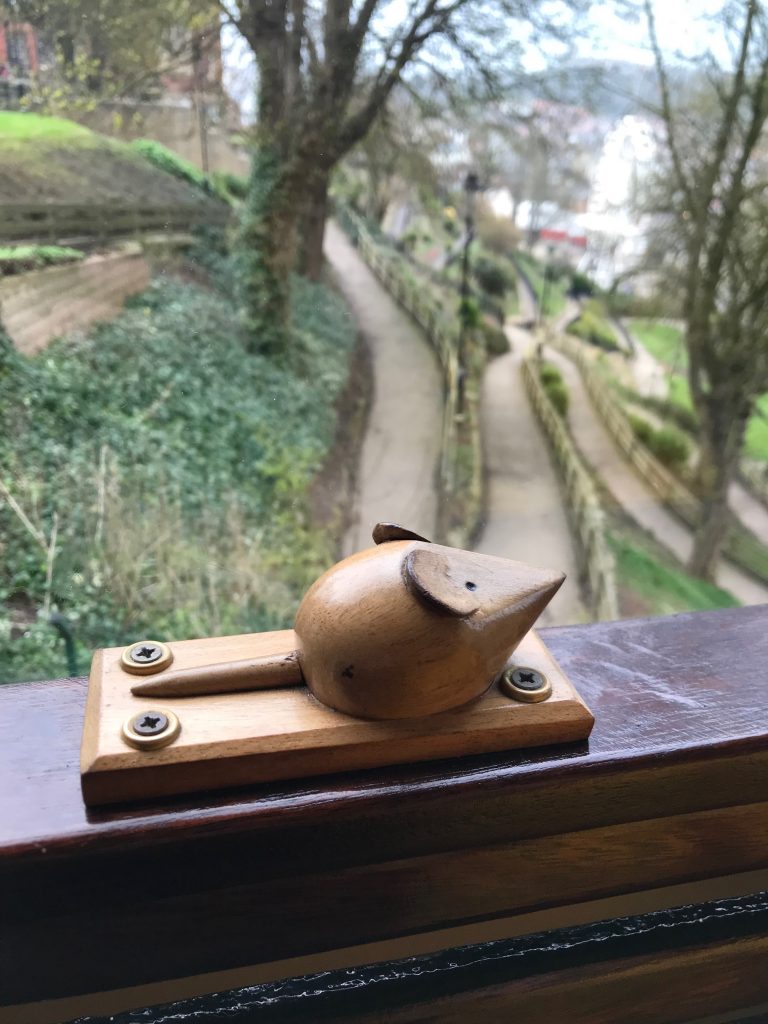
Tramway practicalities – when does it run and how much does it cost?
The Central Tramway provides an on demand service, so there is no need to book. Both stations have been through a significant refurbishment and make the most of their Victorian heritage in the way this has been done incredibly sympathetically. The two tram units themselves were refurbished in 2022 and, along with work to install a new Programmable logic controller drive system in 2019, means that the system makes the most of modern computer technology and the latest safety measures.
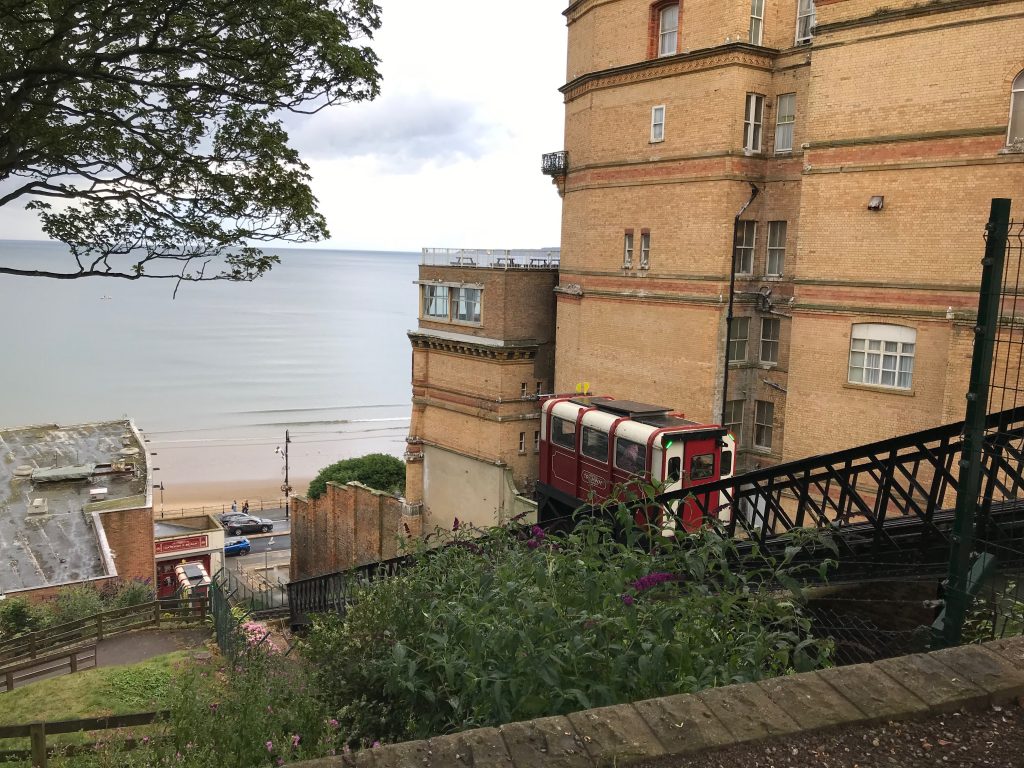
You pay for Scarborough’s Cliff Railway at the top station. If you’re coming up from the bay you pay upon exiting once at the top station. At the time of writing a return ticket costs £2.60 and one way is £1.40. Children 5 and under are free.
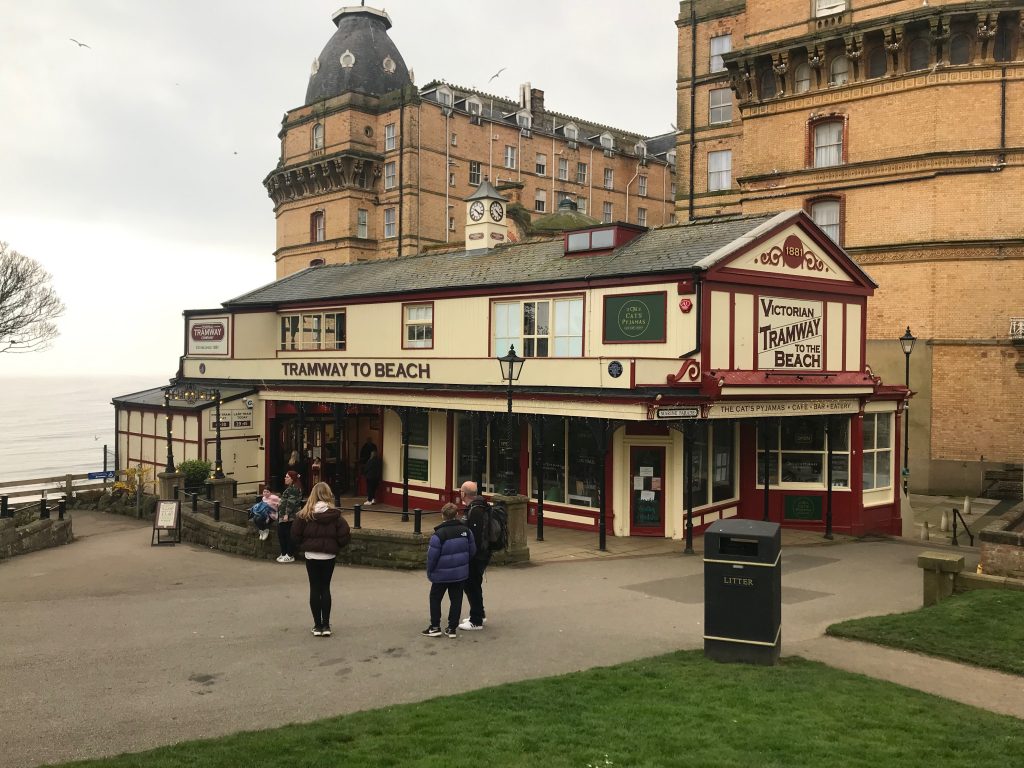
At the top station is a small “shop” (more of a display unit with things to buy on it!) which is perfect if you want a little something to remember your trip from. Disappointingly, no sew on badges to be had, but sadly that seems to be the way in so many places lately.
For more details on the Central Tramway Company then take a look at their website.
Did you know?
Scarborough’s Grand Hotel, located near the Tramways top station) was spared from destruction in the Second World War as it is believed that Hitler had identified it as where he wanted to rule Britain from once he had invaded!
A fan of a cliff railway?
If you are then why not take a look at what we thought of the Southend Cliff Lift when we visited there and you can also read there about the difference between a cliff railway and a cliff lift, and so we should really be referring to this as Scarborough’s Cliff Funicular. Real cliff lift, railway and funicular fans may also be interested in this book which they were selling at the small shop they have at the top station, or this wider covering one.


